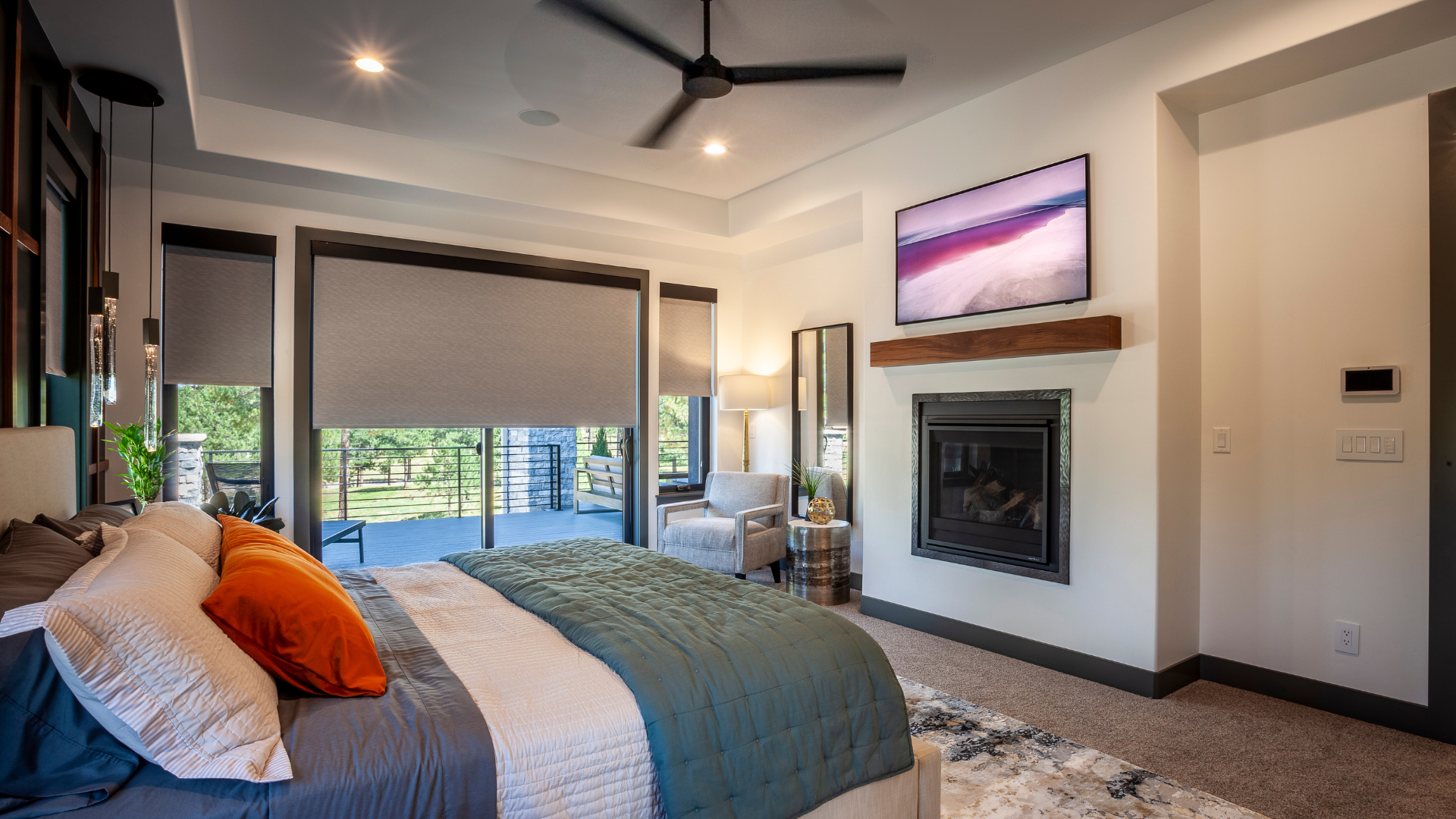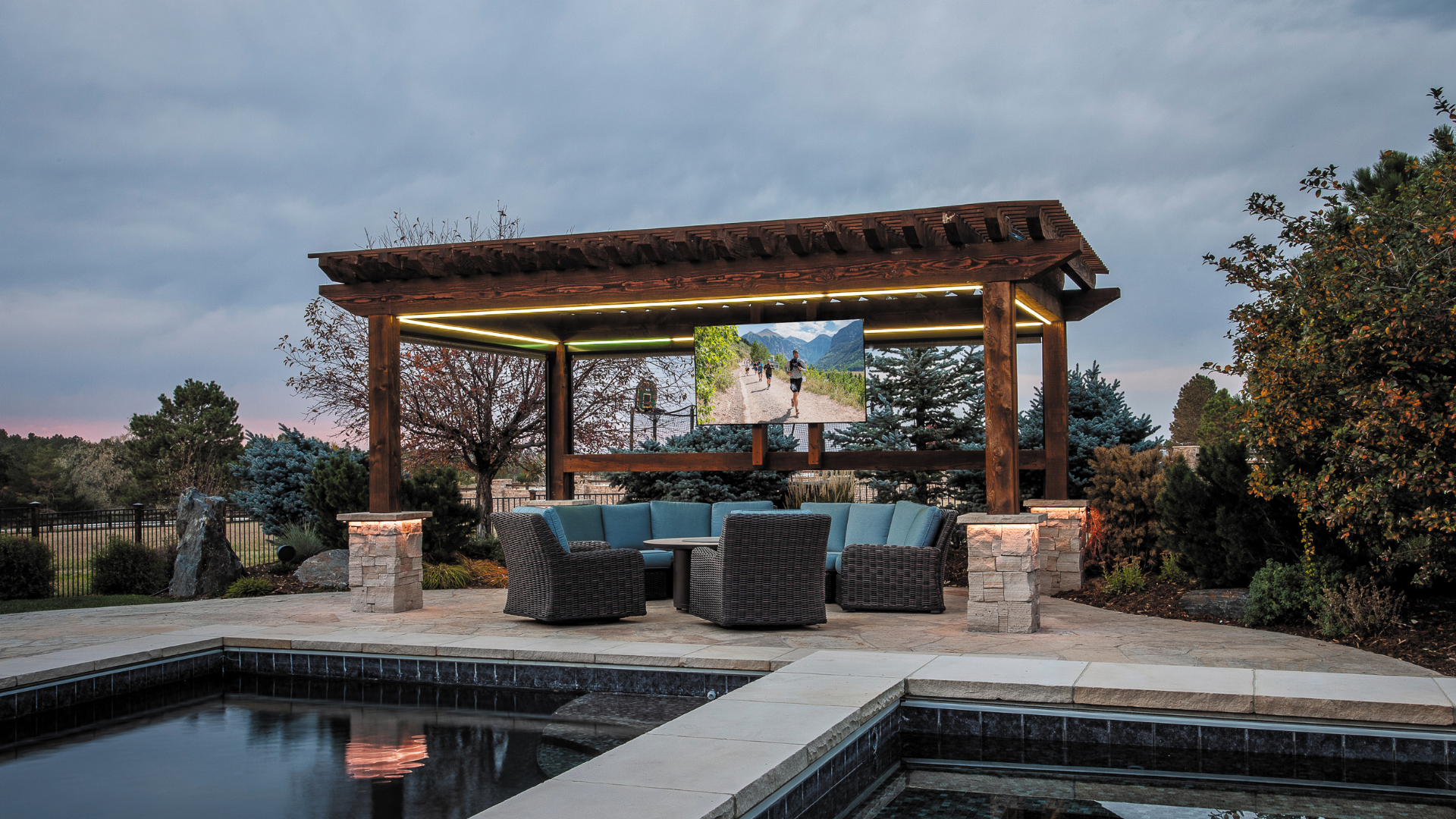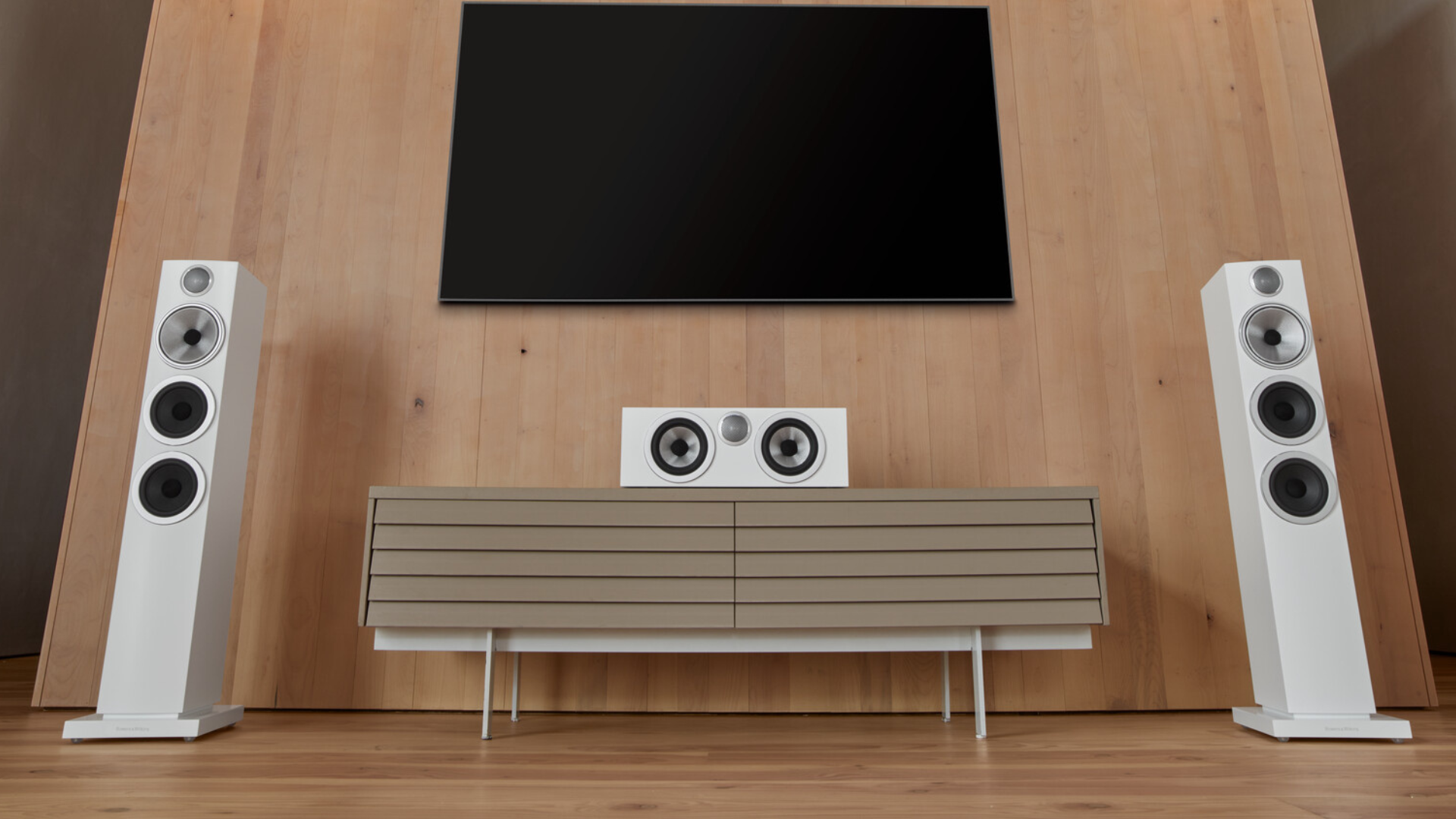Guidelines for Choosing the Best Microphones for Your Faith Community
January 07, 2021
For many faith traditions, gathering together for worship is at the heart of what it means to be a community of faith. But as we are now aware, gatherings present a risk for increasing spread of COVID-19 and we are finding ways to adapt and utilize tools for a more virtual connection.
Listenup recognizes the need for a stronger emphasis on virtual tools for those on the front lines of Communities of Faith. Whether it's a handheld microphone or wireless, we recognize this a powerful tool that delivers our message, music and media. Since we use several forms of microphones everyday, it can be easy to take these tools for granted as well as overlook their effectiveness and performance.
There are some basic rules that need to be established in order for the microphone to do its job well. The voice should sound crisp, full, and intelligible. Without these basic characteristics, we can dull the focus of our message and lose our audience's attention because of poor acoustic delivery.
Our focus here is to provide you the tips and guidelines for the best sound, vocal clarity, and volume to make the strongest impact with your audio devices. If you require more immediate information, please contact our Commercial Department and one of our technical experts will help you decide what is the best choice for your application.
Dynamic microphones are most common for vocals and amplifiers and all-purpose recording. The Shure SM57 is an industry-standard mic that is a must-have in your tool belt. They are extremely durable and are perfect for recording high volume and percussive instruments such as snare drums, guitar amplifiers and even vocals.
Dynamic mics are the kind you see on stage most often, where the sound is aimed down the front of the mic. These can handle louder sounds since they're less sensitive, not only to volume but to damage in general.
Condenser mics are the kind you usually see in recording studios. Condenser microphones are best used to capture vocals and high frequencies. They are also the preferred type of microphone for most studio applications. Also known as capacitor microphones, condenser mics are mainly used in studios because of their detail and accuracy. These are good virtual mics since they can better reflect the natural voice and create a sense of face to face interaction. They are more sensitive to smaller changes in volume and can pick up tiny nuances, which is why they're preferred in the studio when the acoustic environment is tightly controlled.
ListenUp suggests Shure and Sennhieser Mic options. Contact our team of experts by email or phone for recommendations.
A lot of mics are pretty simple to use. You point it at the sound you want to record or broadcast and that's it. But we also recognize that there are some unique differences in microphone types. Here we will discuss these differences and help you choose the right microphone type based on your intended use.
Perfect for: documentary recording, weddings, events
A cardioid pickup pattern is a flexible pickup pattern that is ideal for all-purpose use. Cardioid microphones do vary in shapes and sizes. A cardioid mic, while slightly directional, should not be compared with a hypercardioid or supercardioid mic. Cardioid mics will still pick up background noises if they are not in an acoustically controlled environment.
Notable cardioid mics:
- Polsen SCL-1075 Shotgun Mic
- Rode VideoMicro
- Audio-Technica Pro 70 Lavalier
Perfect for: on-camera mics, documentary recording, and instrument recording
A hypercardioid pickup pattern is a directional pickup pattern that is ideal for isolating audio. While you may find some lav mics with hypercardioid pickup patterns, youll typically only see this pickup pattern in shotgun mics. While every brand is different, the main difference here between a hypercardioid mic and a supercardioid mic is how much rear and side noise is picked up. Hypercardioid mics are typically used for instrument recording.
Perfect for: reality television, scripted content
Supercardioid mics are the most popular types of microphones for TV and Film since they give users the ability to isolate audio while still allowing for a slight margin of noise during operation. Supercardioid pickup patterns are typically found in shotgun mics which are used on boom poles or mounted to the top of a camera. It should be noted that a supercardioid pickup pattern does pickup some audio from behind the microphone. So if you mount a supercardioid mic to your camera, youll need to keep your operating noise to a minimum.
Perfect for: podcasts, radio interviews
A bidirectional microphone is a mic designed to pickup audio equally from the front and back of the mic. Typically, bidirectional microphones are used for radio interview recording or podcasting.
The sound is aimed into the side of these mics, which is why you see some of them pointing to the ceiling and some hanging upside down, because it doesn't matter as long as the correct side is aimed at the sound source.
ListenUp suggests Shure and Audio-Technica Mic options. Contact our team of experts by email or phone for recommendations.
You'll often see these pickup patterns referred to as polar patterns, polarity, and directionality. They all mean the same thing. Most mics that don't let you change the pickup pattern are set to cardioid. This is the most common pattern, because it picks up a wide field in front of the microphone while blocking out noise coming in from behind.
Think about a speaker on stage. You don't want the sound of the audience chattering or and singing, coming from behind the mic, being played back out of the speakers.This creates a feedback loop and potentially halts the service until the feedback is eliminated. You only want the speaker's voice being captured from in front. Most of the other pickup patterns are variants on the cardioid pattern, although there are other useful ones that you'll still rarely use.
All of these patterns come in three basic flavors:
- Unidirectional
- Bidirectional
- Omnidirectional
This is the most important part of every discussion about microphones, so pay attention! When you record the signal coming out of a microphone, it has a very low electrical amplitude. This amplitude is the same thing as volume. Every single day, someone out there tries to record a mic and wonders why the volume is so low and this is why. Microphones spit out a mic-level signal. It is far quieter than an instrument-level or line-level signal.
Mic-level signals must be boosted using a preamplifier. No, you can't just turn up the volume because you also crank up the noise. Preamps turn up the signal without turning up the noise and are the only way to get a high quality recording.
ListenUp suggests Denon and Tascam options. Contact our team of experts by email or phone for recommendations.
For additional information, please call or email ListenUp and one of our technical experts will assist you to make the best choice for your application. We will also perform a free site visit to better assess your needs.

When it comes to the great shades debate, the choice is often between automated or manual shades. In this article we dive into the pros and cons of each and discuss why Lutron or Hunter Douglas window coverings might...

ListenUp offers numerous solutions to bring your entertainment outdoors this season. With the latest all-weather TVs and speakers available, you can transform your deck, patio, gazebo, or pool house into an entertainment paradise. We cover our most popular options...

ListenUp breaks down the differences between powered speakers and passive speakers, helping you decide which choice of speaker is right for you.